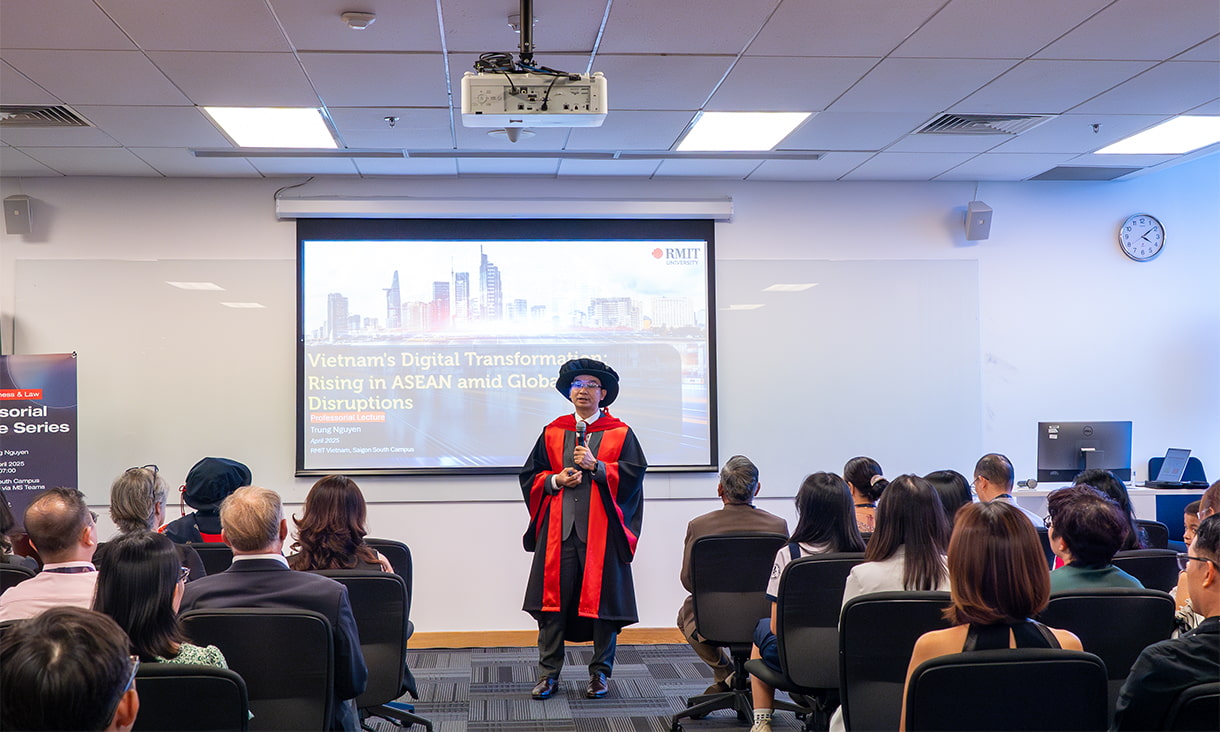The core activities of public museums and art galleries encompass preservation and conservation to achieve scientific, cultural and educational aims. Based on their missions and objectives, these prized institutions no doubt exist for the benefit of the public and without profit-making intentions. Their collections are removed from the economics of the marketplace. Nonetheless, international public sector accounting standards may soon be amended to require public, not-for-profit museums and art galleries around the world to assign monetary values to their collections and to report this “asset” in their financial statements.
Specifically, the International Public Sector Accounting Standards Board (IPSASB) is expected to soon issue an exposure draft, to amend the accounting standard which relates to the accounting treatment of property plant and equipment. From reading the associated consultation paper, it seems that the requirement for public museums and art galleries to undertake a monetary valuation of collections for financial reporting purposes is very much on the agenda with the purported aim of enhancing accountability. Given the unique nature and aims of these institutions, how does locating, assigning and reporting the financial values of artifacts in their collections specifically make these institutions more accountable, to whom and for what?
One might also consider, how institutions such as the Louvre or the London Museum might go about determining the financial value of items such as prized works of art, rare specimens and sacred objects. This is interesting to consider given that such objects are often irreplaceable and are purposely not traded in an open market but held in perpetuity for preservation and conservation for the citizens of the world.
Interestingly, Australia and New Zealand, have been quite unique compared to other parts of the world in requiring cultural institutions to disclose the monetary value of their collections in statements of financial position since the early 1990s.
Together with Associate Professor Paolo Ferri of the Department of Management at the University of Bologna (formerly of RMIT University) and Emeritus Professor Garry Carnegie of the Department of Accounting at RMIT University, we examined the financial valuation and reporting practices of major Australian public museums and art galleries from 1992 to 2019. Our study portrays a ‘roller-coaster’ journey involving reporting and disclosure practices marked with, inconsistencies, controversy and significant variations in the reported monetary valuations over time. This has arisen under a financial reporting mandate which was not supported by these institutions due to misrepresenting the very nature and purpose of existence and operation of our cultural, heritage and scientific institutions and because the costs of this development outweighed any benefits.
The experience of these “pioneering” Australian museums and art galleries over the past (almost) three decades is indeed relevant to those promoting the agenda for a similar accounting standard to be adopted internationally. It remains unclear how these valuation and reporting practices can enhance the accountability of museums and art galleries whose accountability lies with the effective performance of their fundamental activities of preservation and conservation to achieve their scientific, cultural and educational purposes.
To learn more about our research and its implications, join the free webinar on Thursday 29 April at 4pm AEST.
You can register for the webinar here.
Author: Dr Shannon Sidaway - School of Accounting, Information Systems and Supply Chain







